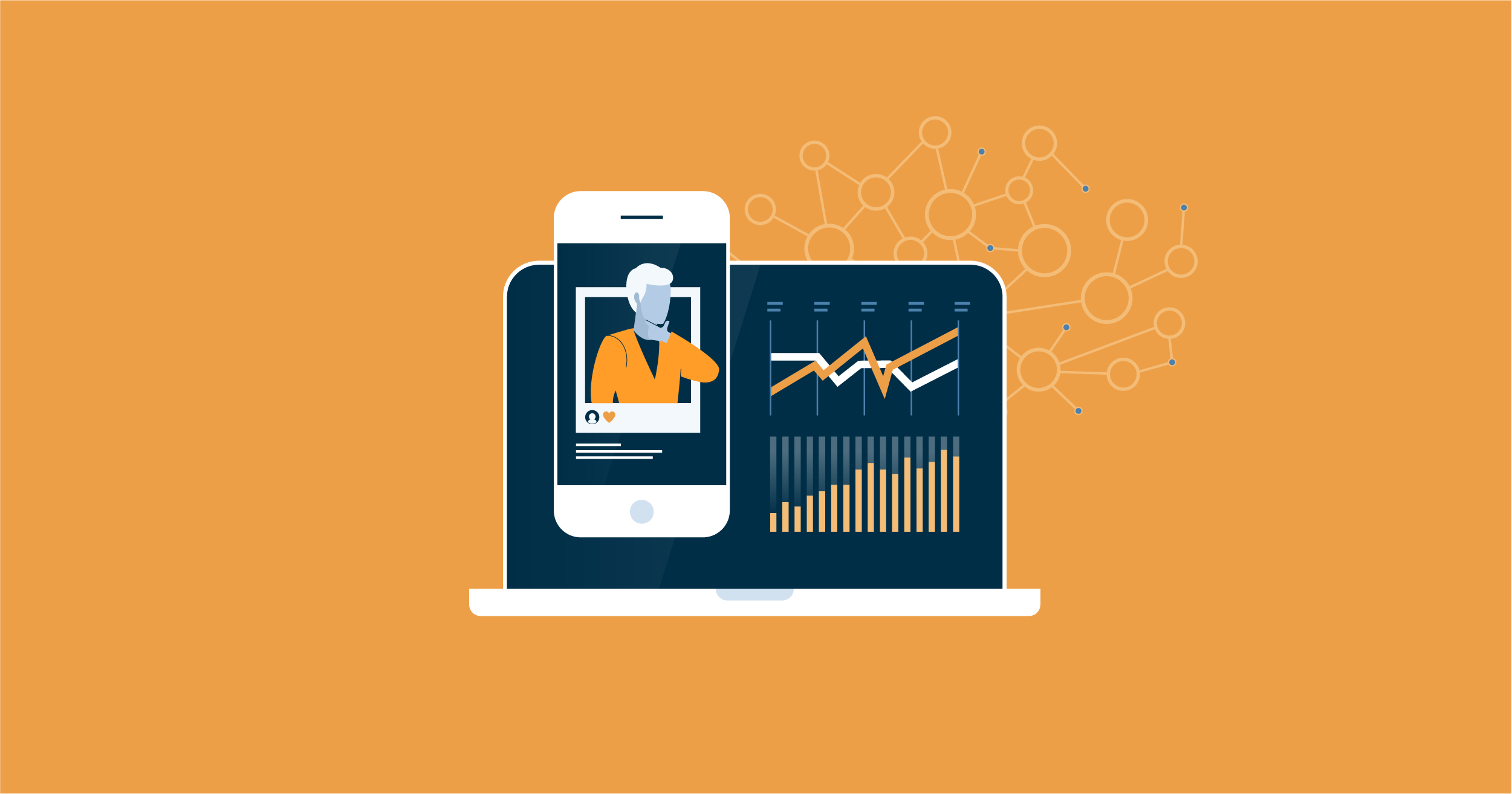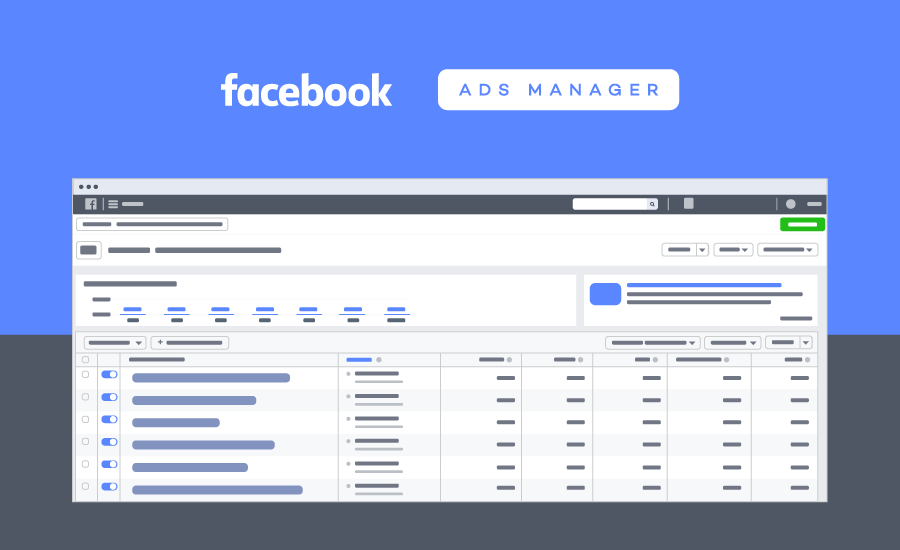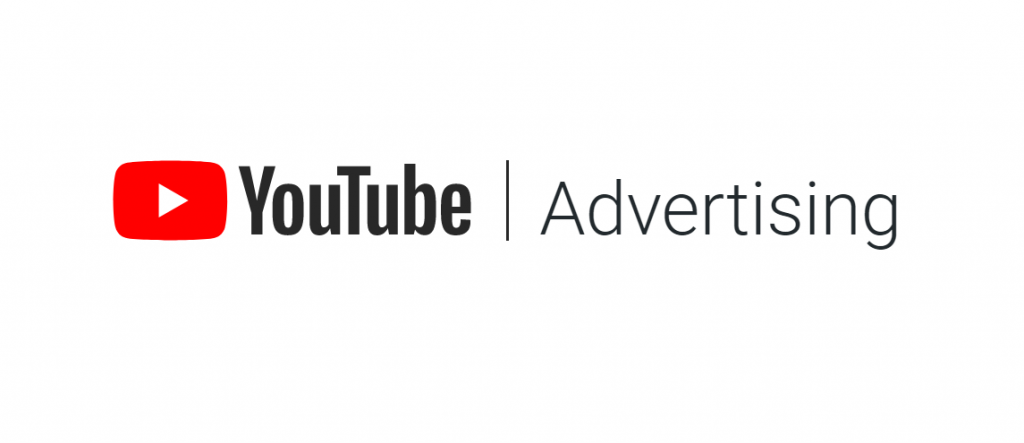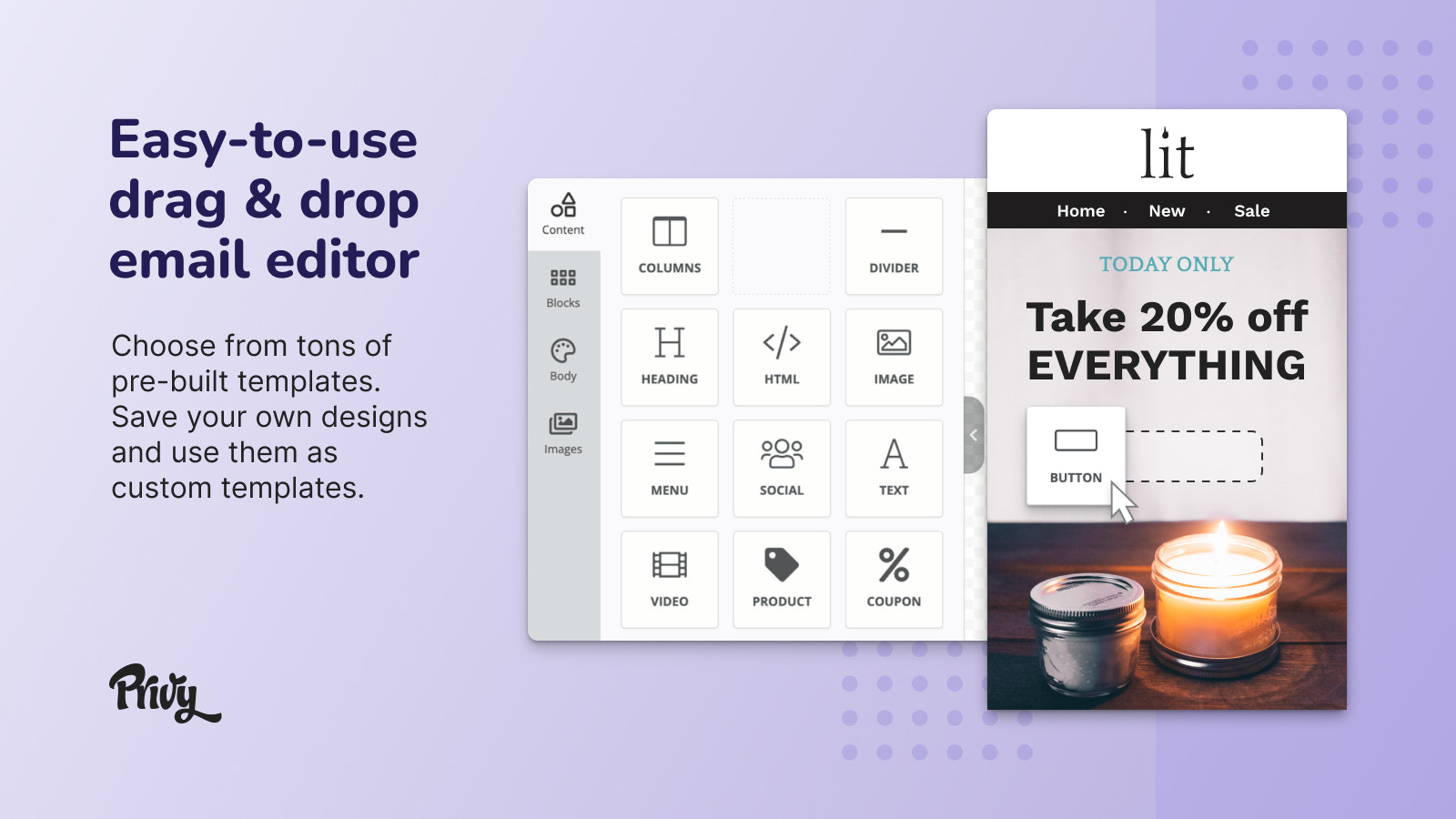Introducing an amazing new product is just the first step to running a successful online business. You also need to actively promote your ecommerce store to drive traffic and conversions.
But with so many marketing options and platforms available, determining the best sales-driving tactics can get overwhelming.
In this comprehensive guide, we compare the 10 best ecommerce promotion tools spanning SEO optimization, pay-per-click ads, email marketing, influencer partnerships, and social media marketing.
For each platform we assess:
- Key capabilities
- Pricing and plans
- Pros and cons
- Ideal user scenarios
Let’s dive in to boost your ecommerce reach through the power of promotion!
1. SEMrush for Ecommerce SEO
With 93% of online experiences beginning with a search engine, SEO is vital for ecommerce sites to surface content when users are seeking related products.
Key Features
- Site audits for fixing technical issues
- Backlink analysis
- Keyword research
- SEO content optimization tools
- Competitor monitoring
SEMrush Benefits
SEMrush enables optimizing pages for search ranking performance through their insights and auditing capabilities. Validate technical compliance, perform keyword research, and track competitor sites driving more traffic. This empowers founders to maximize discovery and drive quality traffic.
SEMrush Drawbacks
Full access requires paid plans starting above $100/month depending on usage. Free tiers only offer limited checks. The platform also focuses exclusively on organic traffic ignoring paid and social channels.
Best For
SEMrush most benefits mid-sized ecommerce sites seeking to scale reach through search engines with dedicated budget for paid tools. Alternatives like Google Analytics offer lower tier free access.
2. Google Ads for PPC Ecommerce Promotions
Pay-per-click ads like Google Ads allow precisely targeting users right when seeking ecommerce solutions. This delivers ROI positive traffic ready to purchase now.

Key Features
- Keyword targeting based on search queries
- Remarketing across Google properties
- Video ad campaigns
- Performance analysis
- Budget management options
Google Ads Benefits
Google Ads connects businesses to consumers actively searching for relevant products across platforms like Google Search and YouTube. Create targeted campaigns aligned with your offerings and goals.
Google Ads Drawbacks
Cost per click model means no guarantee of conversions or true relevancy despite targeting. Competitors also bid within same auctions driving up prices, which cuts into margins. Significant budget required for sustainability.
Best For
Larger retailers with funding to outbid competitors consistently. Allows reaching consumers at the purchase considerations stage. Limited use for new startups without sufficient data.
3. Mailchimp Email Marketing
Email collection pop-ups offering discounts or gated content trades contact info for value. Maintain this channel with triggered campaigns through MailChimp guiding customers through your sales funnel.

Key Features
- Pop-up/embedded forms for capturing contacts
- Segment lists based on tags and behaviors
- Multi-message automations by date or action
- Design on-brand templates and landing pages
- Performance analytics
Mailchimp Benefits
Mailchimp combines an intuitive email campaign builder with automation recipes for driving re-engagement. Send new subscriber welcome messages then guide with tips targeting power users. Integrate with ecommerce platforms to trigger messages by purchase activity.
Mailchimp Drawbacks
Another channel competing for user attention rather than directly connecting to purchase-ready consumers. Still requires compelling content and UX. Steep learning curve configuring complex funnels across tools.
Best For
Mailchimp excels for already established ecommerce sites with existing user bases to migrate into automated touchpoints driving greater lifetime value. The platform is overkill for launching completely new products without seed data.
4. Capterra Influencer Marketing
Partnering with relevant bloggers, YouTubers, and social media influencers provides authentic co-marketing leveraging existing follower bases. This expands branded reach faster through word of mouth recommendations.

Key Features
- Influencer search and discovery
- Campaign management
- Brief templates
- Analytics dashboard
- Vetted influencer profiles
Capterra Benefits
Capterra reduces risks working with creators by vetting individuals for authenticity before partnerships. Their dashboard simplifies communicating with influencers and tracking campaign metrics across channels in one place.
Capterra Drawbacks
Influencer content still requires unique value propositions resonating with audiences rather than just paid posts. Complex negotiating rates and deliverables with no guaranteed ROI. Labor intensive one-off campaigns.
Best For
Capterra works best for new ecommerce brands needing initial kickstart through influencer-driven awareness. The platform efficiently connects you to relevant pockets of target demographics rather than solely relying on organic growth.
5. Facebook Ads Manager
With over 2.9 billion monthly active users, Facebook’s advertising platform massively expands ecommerce discovery through detailed targeting interfaces and cross-network publishing.

Key Features
- Target users by interests and behaviors
- Creative testing for multiple ad variants
- Automatic placements across Facebook + Instagram
- Conversion tracking based on site interactions
- Support creating custom audiences
Facebook Ads Benefits
Facebook captures immense first-party user data enabling pinpointed demographic and interest based advertising. Create multiple versions of each ad tailored to different segments for empirically determining best messaging per cohort.
Facebook Ads Drawbacks
Ads compete within busy feeds optimizing for engagement rather than direct response – easy to ignore. Most ad types focus top-funnel to mid-funnel lacking sales urgency. Steep learning curve navigating their complex toolset.
Best For
Established brands with known customers enable lookalike targeting gaining new leads. Also effective remarketing existing site visitors across the Facebook network including Instagram.
6. YouTube Video Ads
YouTube offers highly measurable advertising through pre-roll and discovery placements leapfrogging strangers straight into video views building awareness and familiarity with your brand.

Key Features
- TrueView video discovery ads
- Bumper machine-generated video ads
- Target by affinities and past views
- Frequency capping for managing impressions
- Remarketing across YouTube properties
YouTube Ads Benefits
YouTube provides in-stream video ads ensuring views by users matching target criteria. Additionally, bumper ads auto-generate short videos from assets. Ideal for cost-efficient awareness to cold audiences.
YouTube Ads Drawbacks
Strict content guidelines prohibit certain products like supplements or adult content. Most placements don’t drive direct site traffic requiring view-through tracking. Limited browsing intent unlike Google text searches.
Best For
Smart for top funnel interest building or retargeting existing site visitors with video. The platform effectively nurtures initial consideration among prospective buyers.
7. ReferralCandy Word of Mouth Marketing
Equip customers to organically advocate your ecommerce business across their social channels through personalized sharing tools, rewards referrals, and automated messaging from ReferralCandy.
Key Features
- Client-side share popups
- Custom referral rewards
- Lifetime value tracking
- Auto-messaging new referrals
- Social promo tools
ReferralCandy Benefits
Incentivize your customers to share your brand without aggressive marketing. Current customers carry much higher weight driving action. Reward them in return for taping into their trusted social channels.
ReferralCandy Drawbacks
Requires sufficiently compelling incentives for customers to actively bring in new business solely from word-of-mouth. Slow build up time producing referral encounters. Higher friction than mass media buys.
Best For
ReferralCandy helps ecommerce brands with niche communities enabling peer sharing. Tap brand evangelists who organically recommend you rather than paying for impressions to the general public.
8. Privy Popups Lead Generation
Privy’s customizable popups and banners convert site visitors into email and SMS contacts through attention-grabbing (but polite) lightboxes offering lead magnets.

Key Features
- Customizable email and SMS popups
- Scroll-triggered message positioning
- A/B testing for optimization
- Integrations with major email services
- Performance analytics and metrics
Privy Benefits
Privy specializes in converting your existing site traffic into quality leads for further sales nurturing through email and text messaging followups. Reduce bounce rates through scroll-based triggers and popups.
Privy Drawbacks
Lead generation focused exclusively around website conversion rather than reaching net new visitors. Potential to feel “spammy” with overly aggressive popups diminishing experience. Still requires compelling offers.
Best For
Helpful turning cold website visitors into warm inbound leads for established sites through Privy’s specialization capturing contacts then continuing journey through other platforms.
9. Shopify Email Marketing
For ecommerce sites built on Shopify, tap directly into their integrated email platform sending beautiful campaigns to contacts and customers from your store.

Key Features
- Email campaign creation workflow
- Customer segmentation and groups
- Hundreds of professional templates
- Automated triggers like abandoned cart
- Integration with Shopify platform
Shopify Email Benefits
As Shopify’s native email solution, Shopify Email enables creating gorgeous, on-brand campaign messages to nurture your customers complete with tracking and automation synchronized across your store data.
Shopify Email Drawbacks
Fully locked into Shopify ecosystem limiting use for multi-channel Commerce infrastructure. Lacks flexibility of third-party email providers connecting numerous data sources across platforms.
Best For
Shopify store owners seeking straight forward email tools deeply integrated with existing customer purchase data and segments. Removes setup of external list integrations.
10. Amazon Seller Marketing Services
Expanding your ecommerce reach through the Amazon marketplace provides visibility to over 197 million monthly visitors already ready to purchase products.
Key Features
- Promotions Manager for deals and coupons
- Sponsored Brands for product visibility
- Stores for customizable presence
- A+ Content for enhanced listings
Amazon Seller Benefits
Expose your ecommerce inventory to the world’s leading digital marketplace virtually guaranteeing incremental sales from Prime users. Flexible promotional capabilities to measure then double down on what converts.
Amazon Seller Drawbacks
High competition fighting for customer attention within Amazon rather than direct branded exposure. Significant commission fees per sale cutting into margins. Can feel like handing over customer ownership.
Best For
Selling through Amazon most benefits established ecommerce brands with funding to outbid competitors consistently. Allows reaching Prime subscribers where they shop. Requires diligent performance marketing practices.
Key Takeaways
- Employ both push and pull digital promotion strategies across tools – actively get the word out while optimizing discovery
- Prioritize channels aligning with your product use cases and customer journey funnel stage
- The more niche and targeted your business model, the greater effectiveness through community sharing platforms
- Consistently re-engage existing contacts and customers to maximize lifetime value before chasing net new each time